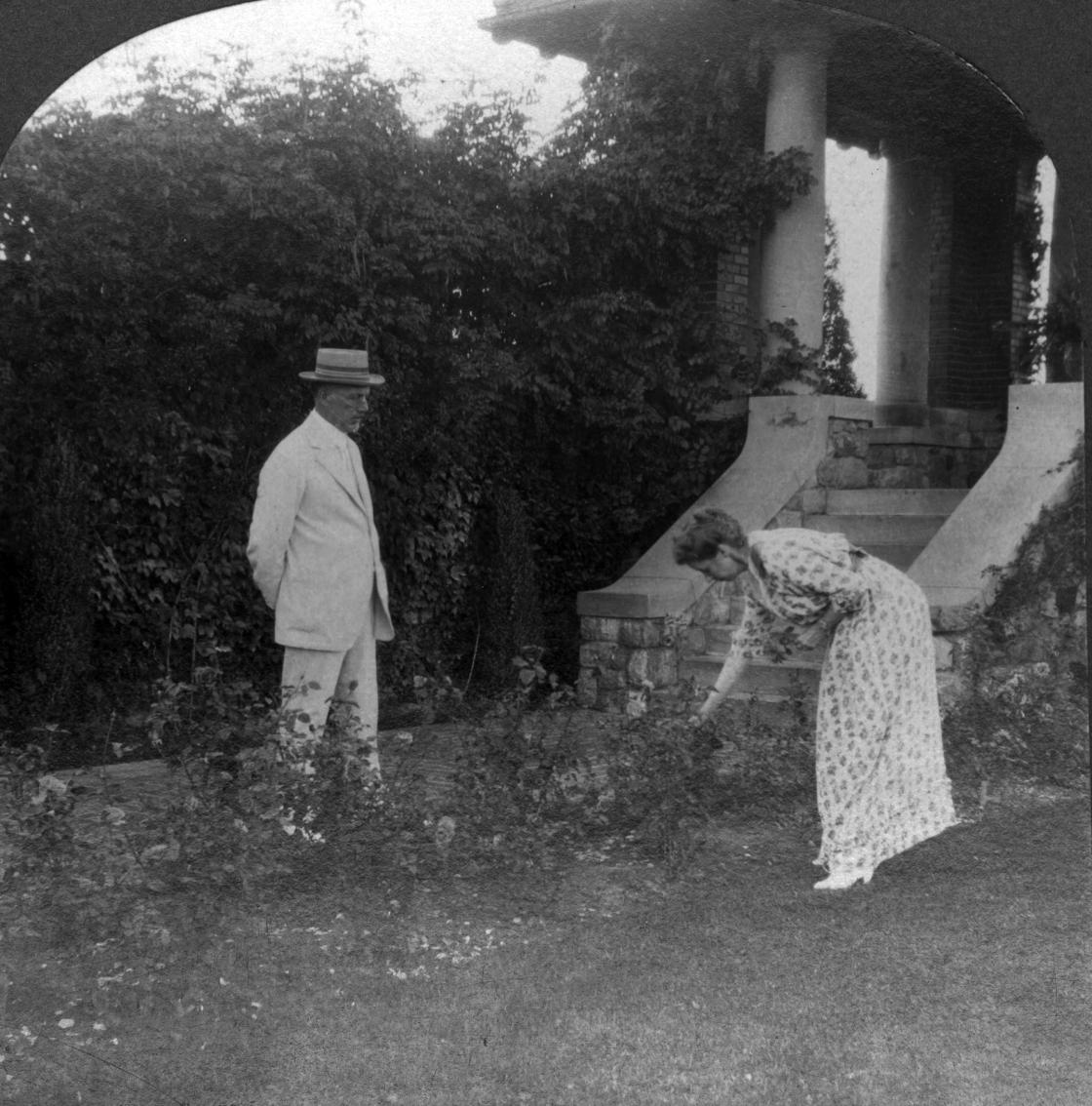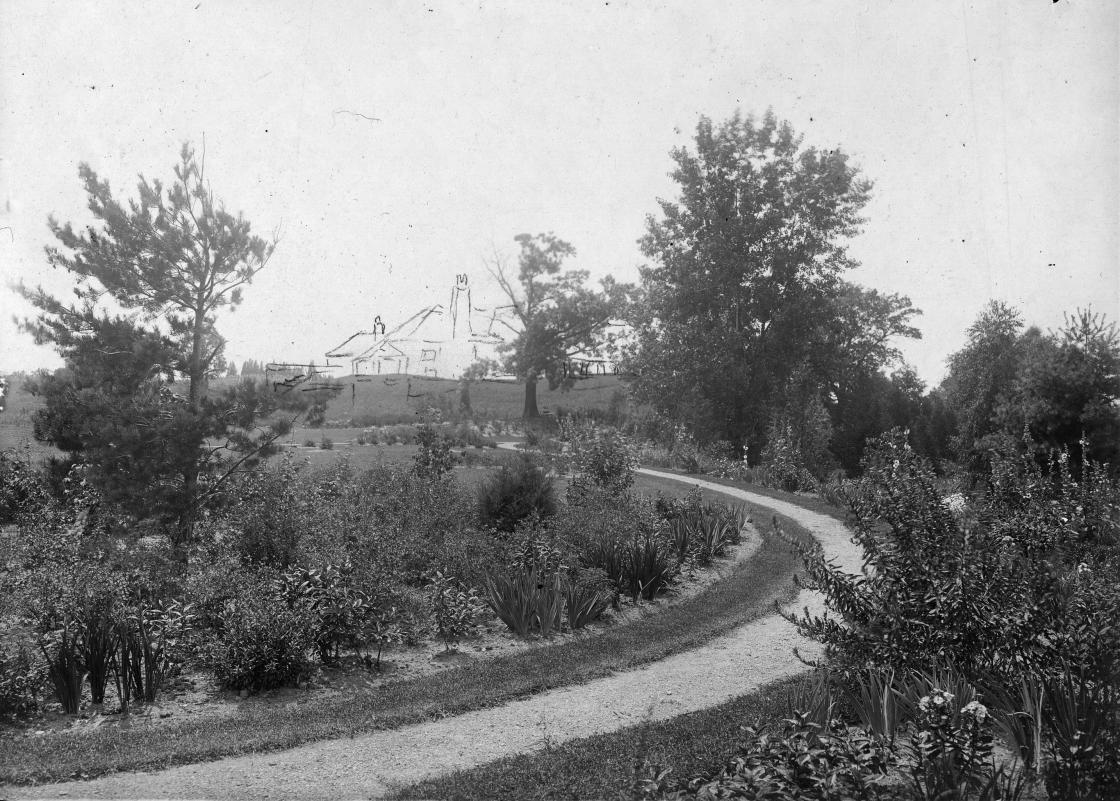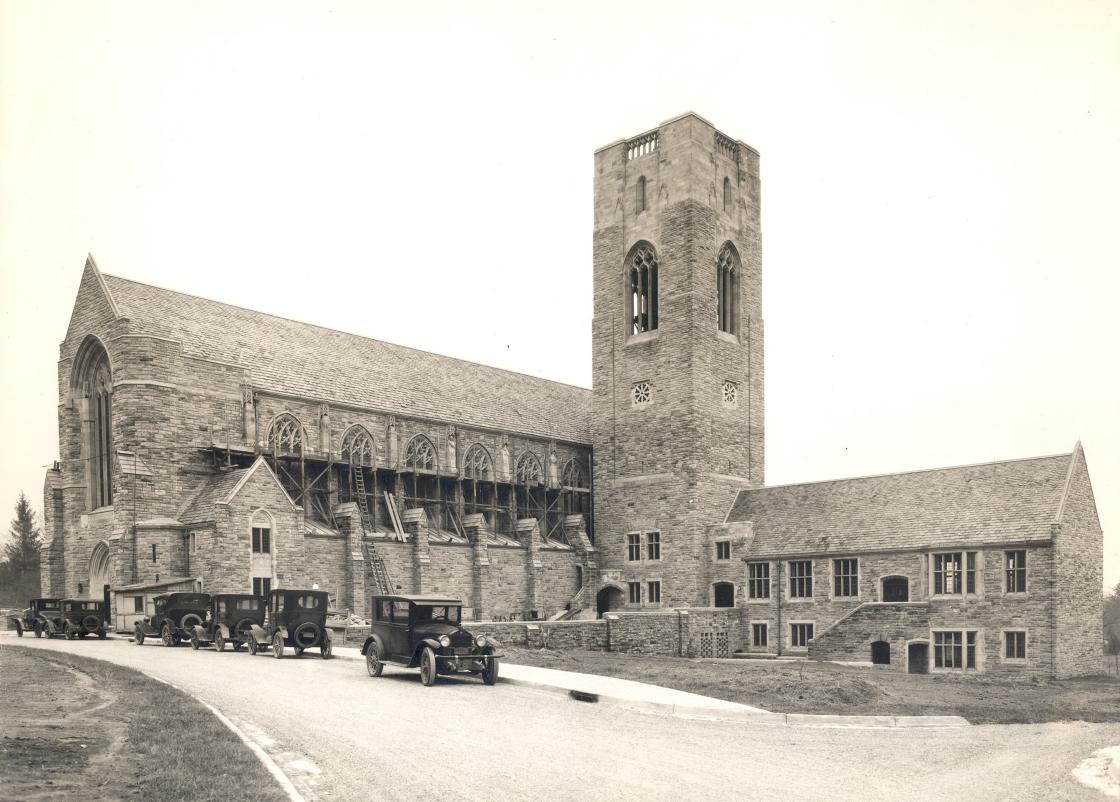history of Cranbrook
Cranbrook Educational Community is the fulfillment of the dream of its founders, George Gough Booth and Ellen Warren Scripps Booth, who wanted to achieve a community of lasting value and service with the resources they possessed. As George Booth stated at the dedication of Cranbrook School for Boys in 1927:
"We were unwilling to go through life with our aims centered mainly in the pursuit of wealth and with a devotion wholly to the ordinary opportunity for social satisfaction. We were not willing to leave all of the more enduring joys for our children or the joy of work in so good a cause entirely to our friends after we had passed on; rather did we wish, in our day, to do what we could and give tangible expression now to our other accomplishments by adventures into a still more enduring phase of life. We wished to see our dreams come true while we were, to the best of our ability, helping to carry on the work of creation."

The dream of the Booths was a lifetime in the making. Despite their widely divergent backgrounds, each was raised in a family setting that encouraged personal growth, spiritual development, and a commitment to community service—values that remained with them throughout their lives.
In 1904, the Booths purchased a farm in the gently rolling countryside of Bloomfield Hills, Michigan. Working largely from plans drawn up by George Booth, teams of landscape architects, farmers, gardeners, and laborers were engaged to transform the untended fields of Cranbrook into a beautiful country estate and working farm.

In June 1908, the family moved into their new home, Cranbrook House, which was designed by the noted Detroit architect Albert Kahn. As improvements progressed at Cranbrook, the Booths committed an ever-larger share of their expenditures on buildings intended for public use. The first to be constructed was the Greek Theatre (1915) followed by the Meeting House (1918), which were built as a center for a variety of social, recreational, political, and religious community gatherings.
By this time, the Booths had begun to seriously consider establishing educational institutions at Cranbrook. As a focal point of the proposed complex of buildings, they envisioned an Episcopalian church, Christ Church Cranbrook, to service the new institutions. Once Christ Church was under construction, the Booths turned their attention to the remaining institutions they wished to establish on their estate: a boys' school, a girls' school, an institute of natural sciences, and an art academy.
The Cranbrook Foundation was a trust and administrative entity legally established by George and Ellen Booth on November 28, 1927, to endow and support the six institutions they founded:

Brookside School Cranbrook, Cranbrook School (for boys), Kingswood School Cranbrook (for girls), Cranbrook Academy of Art, Cranbrook Institute of Science, and Christ Church Cranbrook. The initial mandate of the Foundation was to “add to and strengthen the educational and cultural facilities within the State of Michigan,” and to carry out certain Booth projects. The trust indenture mandated that the Trustees shall “hold, manage, care for, and control the cash and securities, and the properties” in the trust.
Although the endowments provided for by the Booths remained intact after their deaths in the late 1940s, the additional gifts they frequently made to the Cranbrook institutions ceased and the financial picture of the community dimmed somewhat. Escalating costs over the next several years continued to erode the fiscal foundations of Cranbrook. One obvious solution to the fiscal predicament facing Cranbrook was to change the way Cranbrook did business. As conceived by the Booths and structured by the Cranbrook Foundation, each institution at Cranbrook was established as a separate entity, governed by a board that controlled the institution's assets. The Foundation also controlled its own assets, consisting primarily of the central endowments and the Homestead Property.
Although attempts to centralize a few Cranbrook offices had begun in the 1930s, the first breakthrough of any magnitude occurred in 1970, when an agreement was made to create a single board to govern the three schools—Brookside, Cranbrook, and Kingswood—and to adopt measures that would enhance the administrative and educational interplay between the schools.
This event was quickly followed by another event of even greater importance, a massive reorganization of Cranbrook in the early 1970s that culminated in the creation of the “Cranbrook Educational Community” (CEC) in 1973. Under this agreement, the Cranbrook Foundation was terminated and all assets of Cranbrook, those pertaining to both the institutions and the Foundation, were transferred to a new Community trust. The Articles of Incorporation of CEC called for the Community to be comprised of three divisions—Cranbrook Institute of Science, Cranbrook Academy of Art, and Cranbrook Schools—each headed by a chief officer who, in consultation with a divisional board of governors, reported to the administrative officer of CEC, the president of the Community. In turn, the president reported to the Board of Trustees. Significantly, church canon law precluded Christ Church Cranbrook from becoming a part of the new organization.

The present organization of Cranbrook Schools, begun in October 1984 and completed the following autumn, included the merging of Cranbrook and Kingswood upper grades to create Cranbrook Kingswood Upper School, a co-educational school, on two campuses. Similarly, the middle grades were reorganized as Cranbrook Kingswood Middle School with two gender-specific programs located on two separate campuses. Brookside School, the lower school, continues to operate in its historical quarters as a co-educational school. Cranbrook Academy of Art and Art Museum and Cranbrook Institute of Science continue to operate as conceived by CEC in 1973.
Compiled by Cranbrook Center Staff, December 2016
Photo credits
Banner photo by P.D. Rearick, CAA '10.
George Gough Booth and Ellen Scripps Booth in the old rose garden at Cranbrook House, ca.1915. Cranbrook Archives, Cranbrook Center for Collections and Research, Bloomfield Hills.
Rendering of Cranbrook House drawn by George Booth, 1906. Cranbrook Archives, Cranbrook Center for Collections and Research, Bloomfield Hills.
View of Christ Church Cranbrook under construction, ca.1927. Cranbrook Archives, Cranbrook Center for Collections and Research, Bloomfield Hills.
Croze, Harvey. View of the Cranbrook Educational Community campus, April 1951. Cranbrook Archives, Cranbrook Center for Collections and Research, Bloomfield Hills.
